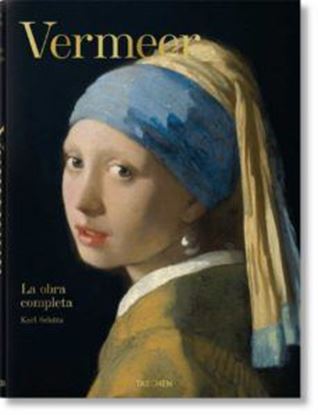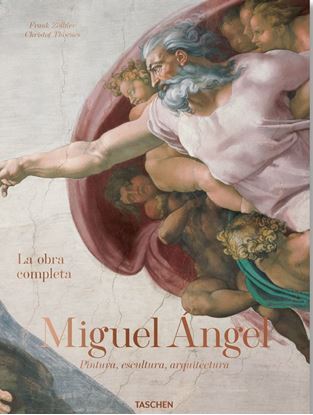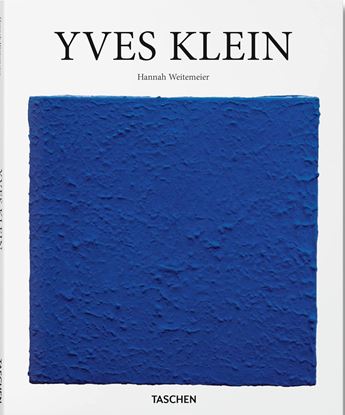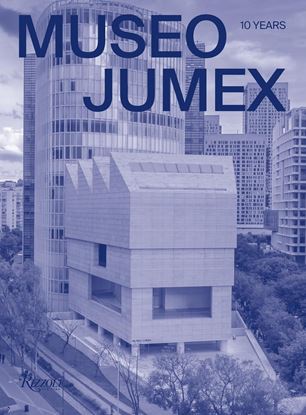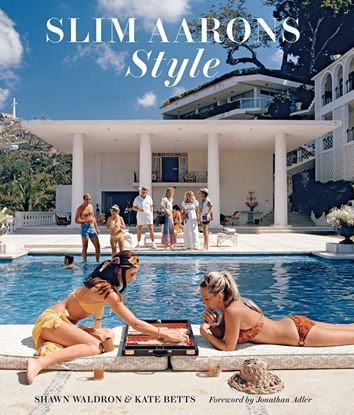

VERMEER. LA OBRA COMPLETA (FP) (E)
En vida, la fama de Johannes Vermeer (1632-1675) apenas sobrepasó las fronteras de su ciudad natal, Delft, y el reducido círculo de sus mecenas. Despues de su muerte, su nombre cayó largo tiempo en el olvido y fuera de Holanda sus pinturas llegaron a atribuirse erróneamente a otros artistas. No fue hasta mediados del siglo XIX cuando Vermeer llamó la atención del mundo del arte internacional que, de pronto, supo admirar su precisión narrativa, la meticulosidad de los detalles de sus texturas y los majestuosos planos lumínicos. Habían descubierto a un genio.
5,995
4,496
MIGUEL ANGEL. LA OBRA COMPLETA (XL) (ES)
Con apenas 30 años, Miguel Ángel Buonarroti (1475-1564) ya había dado forma a dos de las esculturas más famosas de la historia del arte: el David y la Piedad. Sus logros como escultor, pintor, dibujante y arquitecto resultan inigualables: ningún artista ha sido capaz de generar una obra tan extensa y polifacética.
5,995
4,496
JACQUES DEVAULX. NAUTICAL WORKS (XL)
In the mid-1950s, Yves Klein (1928–1962) declared that “a new world calls for a new man.” With his idiosyncratic style and huge charisma, this bold artist would go on to pursue a brief but bountiful career, producing more than 1,000 paintings over seven years in an oeuvre now considered a mainstay of postwar modernism.Klein made his name above all with his large monochrome canvases in his own patented hue of blue. International Klein Blue (IKB), composed of pure pigment and binding medium, is at once rich and luminous, evocative and decorative, and was conceived by Klein as a means of evoking the immateriality and infinitude of the world. The works of this “Blue Revolution” seem to draw us into another dimension, as if hypnotized by a perfect summer sky. Klein was also renowned for his deployment of “living brushes,” in which naked women, daubed in International Klein Blue, would make imprints of their bodies on large sheets of paper.
5,995
4,496
MUSEO JUMEX. 10 YEARS
This volume celebrates the 10th anniversary of Museo Jumex, Mexico City’s most important contemporary art museum, and its unique collection.
Located in the vibrant Polanco neighborhood of Mexico City, Museo Jumex opened its doors to the public in 2013 as a one-of-a-kind museum devoted to the production and discussion of contemporary art.
Founded by Eugenio López Alonso, a pioneer in the realm of contemporary art collecting in Mexico, and designed by Sir David Chipperfield, 2023 winner of the Pritzker Architecture award, Museo Jumex has achieved international recognition for its dual mission of bringing works of renowned international artists to Mexico for the first time and elevating the work of today’s Mexican and Latin American artists.
5,995
4,496
SLIM AARONS: STYLE
Slim Aarons: Style showcases the photographs that both recorded and influenced the luminaries of the fashion world. This collectible volume features luscious early black-and-white fashion photography, as well as color portraits of the fashionable elite—like Jacqueline de Ribes, C.Z. Guest, Nan Kempner, and Marisa Berenson—and those that designed the clothes, such as Oscar de la Renta, Emilio Pucci, Mary McFadden, and Lilly Pulitzer.
Featuring a number of never-before-seen images and detailed captions written by fashion historians, Slim Aarons: Style is a collection of the photographer’s most stylish work.
Slim Aarons, at least according to the man himself, did not photograph fashion: “I didn’t do fashion. I did the people in their clothes that became the fashion.” But despite what he claimed, Aarons’s work is indelibly tied to fashion. Aarons’s incredibly influential photographs of high society and socialites being unambiguously themselves are still a source of inspiration for modern day style icons.
This coffee table book is perfect for sharing, displaying, and gifting.
5,800
4,350
PALM BEACH LIVING
From charming bungalows to sleek minimalist houses and apartments to restorations of iconic Mediterranean Revival residences to a garden dotted with oversized insect sculptures, the homes showcased in Palm Beach Living are as distinctive as they are representative of the ever-evolving design trends on the nation’s most exclusive barrier island.
Some of the homes incorporate the exuberant colors of the island’s flora; others opt for a soothing, more neutral palette to contrast with the surrounding landscape. All embrace indoor-outdoor living, and each reflects the unique aesthetic of the owner.
Guided by native Palm Beacher Jennifer Ash Rudick, with photographs by Nick Mele, “a modern-day Slim Aarons,” readers are granted an intimate look at the best in tropical living.
This gorgeous coffee table book highlights the work of renowned architects—from the legendary Maurice Fatio and John Volk to Daniel Kahan, Fairfax & Sammons, Jeffrey W. Smith, and David Fox & Chris Stone—superb landscape designers, including Mario Nievera, Jorge Sánchez, and Fernando Wong, and such world-class interior designers as Tom Scheerer, Amanda Lindroth, Mark D. Sikes, Jonathan Adler, Frank de Biasi, Mimi McMakin, the late Carleton Varney, and Kim Coleman.
5,800
4,350


